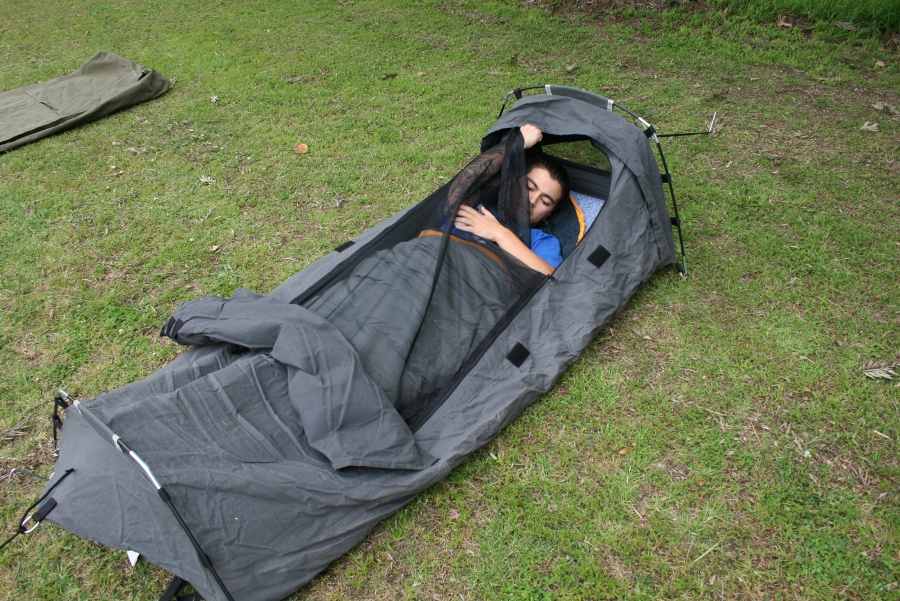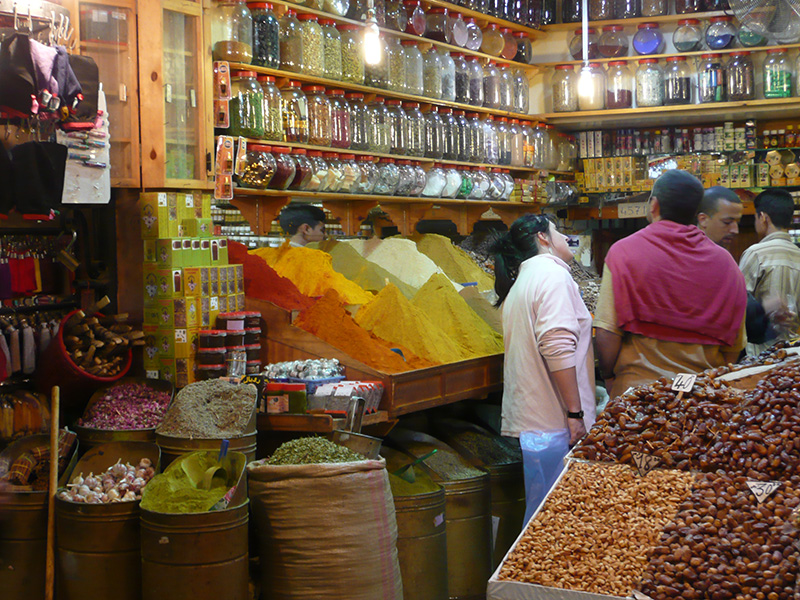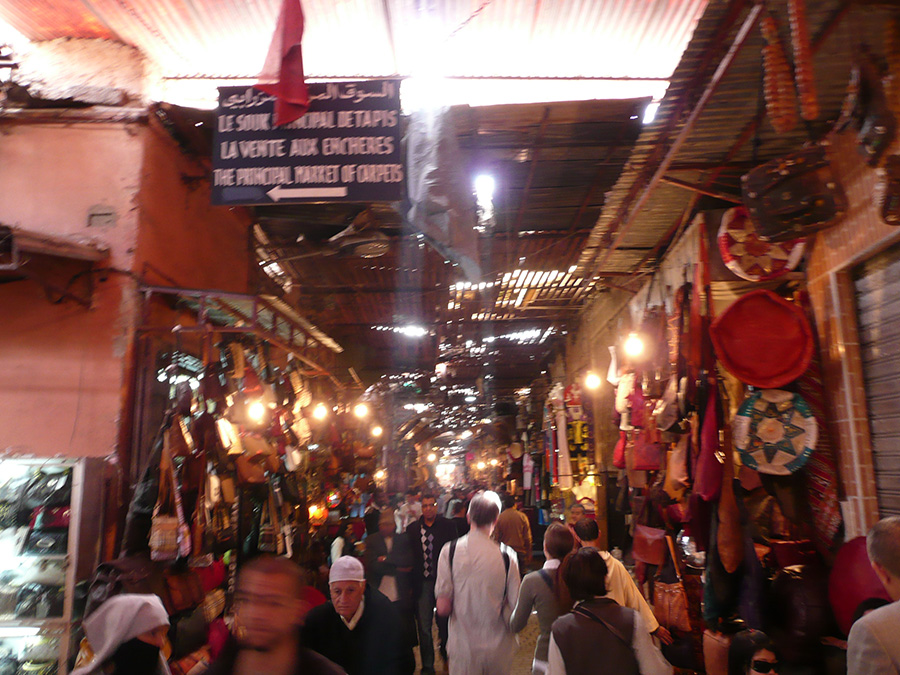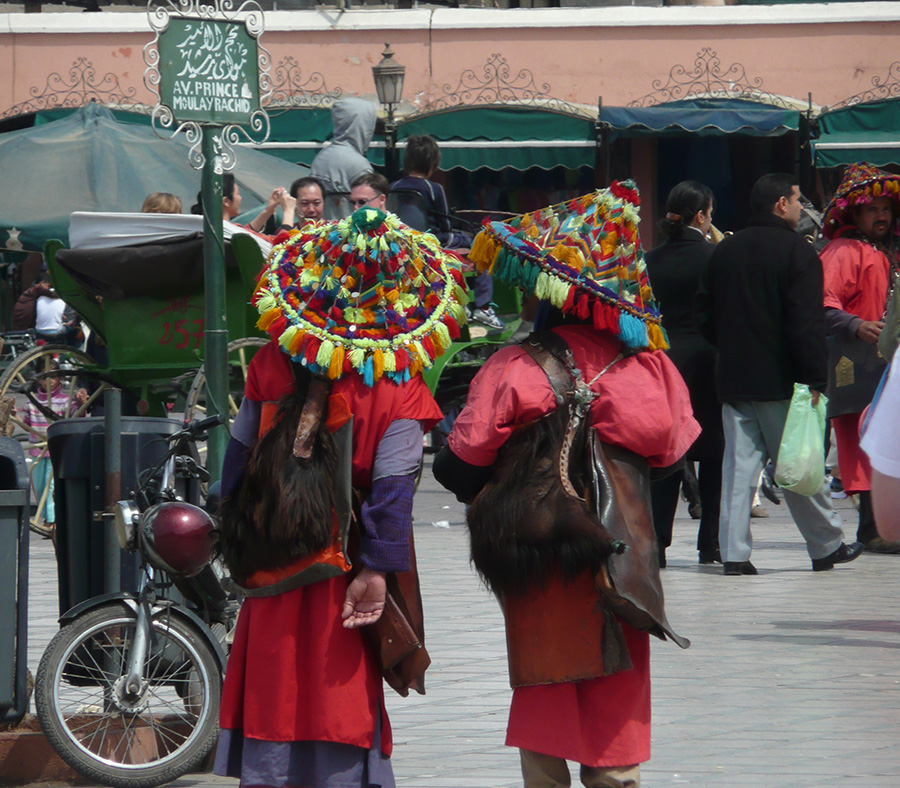40 things to do before you’re 40
Monday, November 18th, 2013No. 39 Journey to Jerusalem and the beginning of history
The city of Jerusalem is, as we all probably know, pretty old. Understanding just how old is a bit more difficult to get your head round, however, and to say that the city has had a long and colourful history is akin to saying that the Pacific Ocean is vast, and a bit wet.
Trying to put it into perspective isn’t a lot easier. What, for example, does it mean to us to say that it’s been inhabited since the fourth millennium BC? How are we meant to imagine a city that has lived and breathed in its current location for over five thousand years, when most of us struggle to imagine what life was like before the internet? (The rest of you probably weren’t even around!) And what of the peoples that have lived there over the course of time?
We can try and think about the fact that the distance of time between the birth of the city and the death of Christ as longer than the time that’s passed since then and today, but even that can’t replace the palpable sense of history that emanates from every ancient temple or church and resonates in the plethora of alleyways when you take a stroll through modern Jerusalem for yourself.
And what also of the strong claim to be the world’s holiest place? How does one understand how a city, which at its core is nothing other than a collection of buildings, streets and dwellings, plays such a central role in three of the world’s largest religions by looking at it on a map or hearing about it in the news? But this will never fully capture the devotion of those who come to the Wailing Wall to pray; those who make the pilgrimage to visit the Dome of the Rock; or the people from all over the world that come and see the Church of the Holy Sepulchre for themselves.
In short, you really need to visit Jerusalem in person to get a true sense of the sanctity of the city and what it means to so many of the world’s faithful.
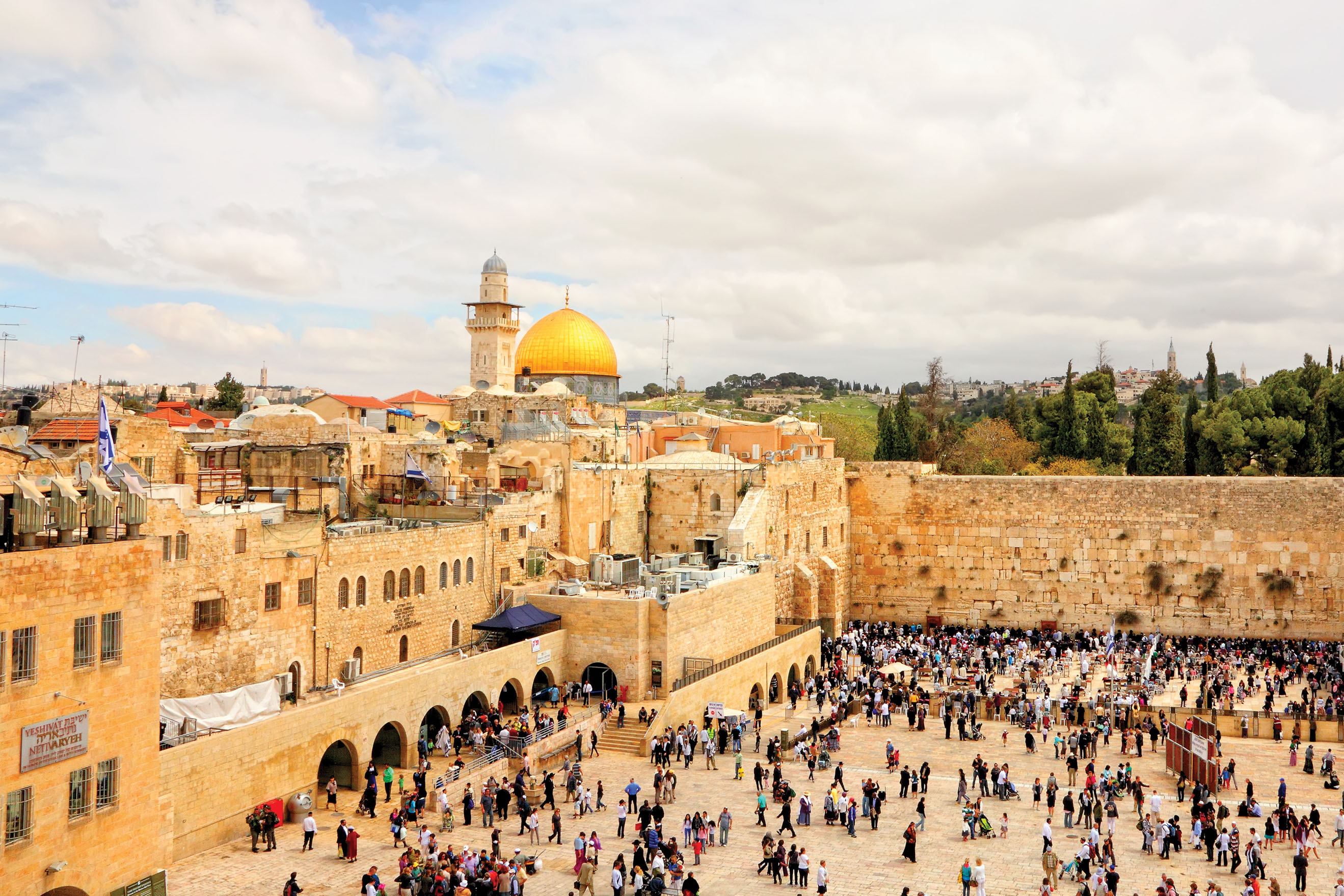
The Western Wall and Temple Mount complex
The Western Wall is an archaeological remnant of the Second Temple of Judaism that was destroyed by the Romans when they laid siege to the city in 70 BC. It lies within the contentious Temple Mount complex that is so important to all three religions – in part because it is believed to be where Abraham was a blade’s- width away from sacrificing his son Isaac (or Ishmael according to Muslims) – that it is considered the ‘most hotly contested piece of real estate in the world’. The destruction of the temple became hugely important in the history of Judaism as it came to symbolise the end of a Jewish state; a state that would not be recovered again until the 20th century. The Second Temple itself was built after the Jews returned from exile in Babylon and the 500 odd years between the temple’s construction and its demise would be known as the Second Temple period. The wall is also commonly known as the Wailing Wall in response to those that mourn the temple’s destruction and all that it symbolised for the Jewish religion as a whole.
In Jewish tradition, the presence of the divine never left, and if you visit the wall today the strength of that belief is almost tangible as many Jews arrive here from all over the world to silently pray or leave prayer notes in the crevices between the wall’s ancient stones.
The Dome of the Rock
Also situated within the Temple Mount complex is the stunning Dome of the Rock mosque. Its golden dome catching the sun and bright blue tiled facades make it one of the most recognisable structures in the city’s skyline. Built in 691 AD, it is considered to be the first piece of Islamic architecture and remains one of its most iconic examples to this day. It was built to mark the site where Abraham was prepared to sacrifice his son Ishmael (not Isaac as in Jewish and Christian tradition). This, and the fact that it is believed to be the spot from which Mohammed ascended to heaven, makes the Dome of the Rock the third holiest site in Islam and a place of pilgrimage for Muslims from all over the world.
The Church of the Holy Sepulchre
Although not within the Temple Mount, the Church of the Holy Sepulchre is considered the most sacred site in Christianity as it marks the place believed to be where Jesus was crucified. Within the church itself is also the tomb, or sepulchre, in which Jesus’ body was placed and from which he rose again two days later. The site itself is said to have been venerated by early Christians but it wasn’t until the fourth century that a church was built here under the Roman Emperor Constantine, who was responsible for making Christianity the religion of the Roman Empire.
The site is particularly significant to Catholic and Orthodox Christians and both faiths have a permanent presence in the church. Protestants, however, do not and many believe it not to be the location that Jesus was entombed at all.
You can visit these sites, and many of Jerusalem’s sites of religious significance, such as Mount Zion, the Mount of Olives and the Via Dolorosa, the path Jesus walked carrying the cross, on one of several Topdeck trips that go to Israel.


